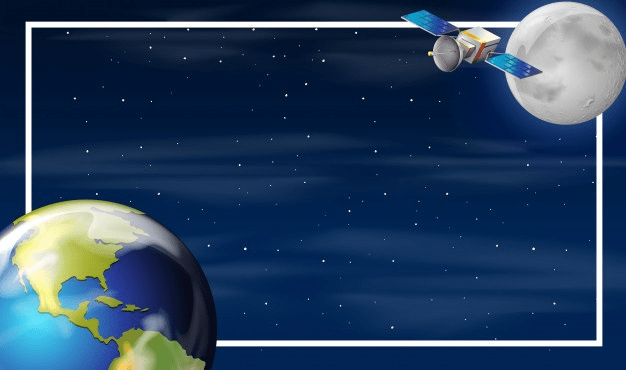
The Digital Doctor is In: AI and Telemedicine Redefine Healthcare
The healthcare industry is undergoing a seismic shift fueled by artificial intelligence (AI) and telemedicine.

Satellites are used to communicate around the world. Today, more than 6,000 satellites orbit the planet, and only 40 percent of them are in operation. The United States has 859 satellites followed by China’s 250 and India’s 136 satellites in space.
In the space sector, there are numerous satellites used for communication, remote sensing, navigation, Global Positioning System (GPS), etc. These space technologies help the planet stay vigilant and keep track of the information they provide.
Every day we are witnessing climate change by melting glaciers, rising solar temperatures, the change of seasons, natural disasters that happen at random, etc. With the introduction of Space 2.0 technology, along with 5G, IoT, AI, and robotics, we have progressed to a place where we can anticipate and fight climate change. Changes in geographical features are now easily measured by the way they deal with them.
AI Cameras such as the AI anti-poaching camera system with the help of satellites are used to detect, stop, and locate poachers from various geographies. Ever since this technology has been of great use to prevent illegal killings, the number had dramatically decreased compared to the time before these cameras came into action.
The global satellite is used to overcome economic and social inequalities by providing new opportunities and stopping harmful abuses in the agricultural sector. This is possible with satellite images and climate data, known as Big Data, and a global initiative such as the Open Data Cube. World hunger is a major crisis, and satellite imagery can identify yields and help farmers know when to irrigate, fertilize and harvest.
Earth observation satellites monitor greenhouse gases and other climatic indicators such as rising sea level, patterns of climate change, and others, while at the same time more effectively analyzing the health of terrestrial ecosystems. NASA’s ICESat-2 Satellite monitors the altitude of glaciers, ice sheets, sea ice, and more in places like Greenland and Antarctica.
Satellite technology is used continuously to forecast the weather, with weather forecasts that can serve as an early warning system for extreme weather events. Amazon, SpaceX, Telesat, and Samsung are currently looking to build colossal satellite networks to provide the utmost benefit. Space technologies play an essential part in our evolution as a society. As we travel farther through space, the level of innovation and technology will only take us farther.

The healthcare industry is undergoing a seismic shift fueled by artificial intelligence (AI) and telemedicine.

The healthcare and pharmaceutical sectors are navigating a transformative period, with technological advancements reshaping patient care, operational efficiencies, and strategic growth.

In the world of business, financial wizards wave their wands to conjure profits and success. But behind every great money magician …

Insurtech is not just making waves in the insurance industry—it’s rewriting the rulebook. As technology-driven startups disrupt …